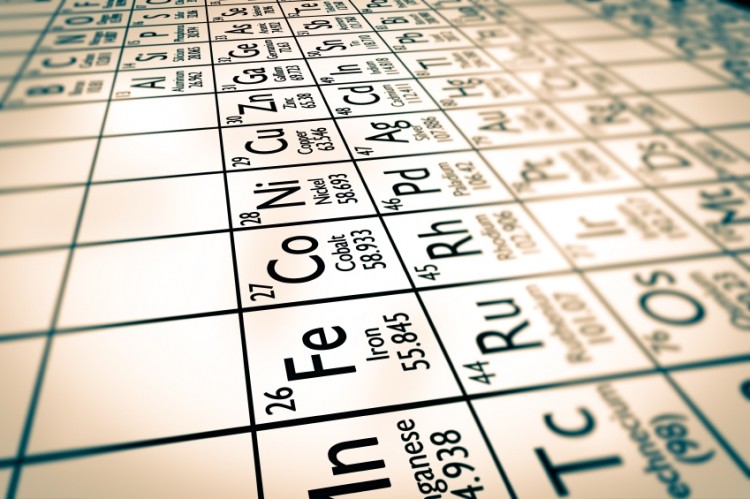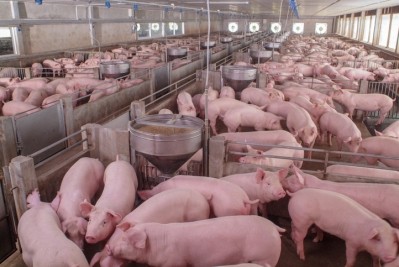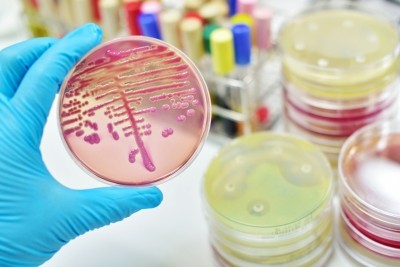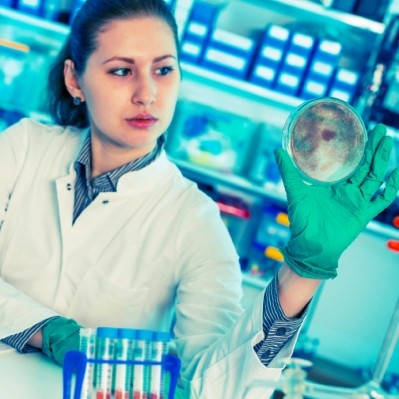Dicopper oxide is a safe source of copper for broilers, finds EFSA

Several other copper compounds are authorized in the EU to be used as trace elements for use in feed but dicopper oxide (Cu2O) has not been previously authorized by the Commission in that respect.
French producer, Animine had sought approval for the use of dicopper oxide in feed for all animal species and categories.
Based on the results of a tolerance study in chickens for fattening and a short-term bioavailability study, the FEEDAP Panel concluded dicopper oxide is an effective source of copper for all animal species.
And the feed experts said there is no indication the toxicity of the compound is essentially different from that described for divalent copper.
EFSA also determined that dicopper oxide's bioavailability is in the range of copper sulphate, the standard copper-containing additive; it said it does not expect any influence on food of animal origin from the use of dicopper oxide in feed.
Environmental risks
The panel also concluded the use of dicopper oxide in feed is of no concern for consumer safety, and that there was no available evidence suggesting that the additive would pose additional risks to the environment than the other sources of copper already authorized.
It added the substitutive use of dicopper oxide for other copper compounds would therefore not change the previous conclusion of EFSA in relation to that trace element and the impact on the environment, where the risk assessor noted the following:
“Potential risks to soil organisms have been identified after the application of piglet manure; there might be a potential concern related to sediment contamination with copper.
“Drawing final conclusions would need further model validation and refinement to the assessment of copper-based additives in livestock. The use of copper compounds in aquaculture is not expected to pose a risk. The extent to which copper-resistant bacteria contribute to the overall antibiotic resistance situation cannot be quantified at present.”
EFSA also found the analyzed lead concentration in dicopper oxide did not present a safety concern, as it said animal exposure by the use of this additive would be lower than that resulting from the use of other compounds of copper with a contamination up to the maximum permitted lead level.
However, the lead concentration occurring in dicopper oxide is above the thresholds set in European legislation. Therefore, the FEEDAP Panel said a remedy for this discrepancy was required.
EFSA interaction
Stéphane Durosoy, president of Animine, the applicant, welcomed the findings, lauding the French company's ability to build a registration dossier "by ourselves" and the fact it managed to get approval from EFSA in "less than two years".
"I have also to stress that EFSA has made tremendous progress in [the past] ten years to facilitate the tasks of petitioners with detailed guidelines," he told us.
Animine is now awaiting the next step in the process, publication of the authorization of the dicopper oxide compound in the Official Journal of the EU.
Antimicrobial resistance
In the opinion, the FEEDAP Panel included comments on the potential relation between the copper supply of animals and the development of antibiotic resistance in bacteria and the maximum residue limits (MRLs) set for copper in products of animal origin which were in line with previous panel opinions.
Both topics are being revisited in context of the EC request on the revision of maximum copper contents authorized in complete feed.
The mandate includes the re-evaluation of copper in animal nutrition and the potential development of antimicrobial resistance, which were initially assessed in a previous opinion of the FEEDAP Panel delivered in 2012.
A spokesperson for EFSA said the opinion is expected to be delivered at the end of next month, and will be tabled at its open FEEDAP plenary in Brussels on 13 July next.












